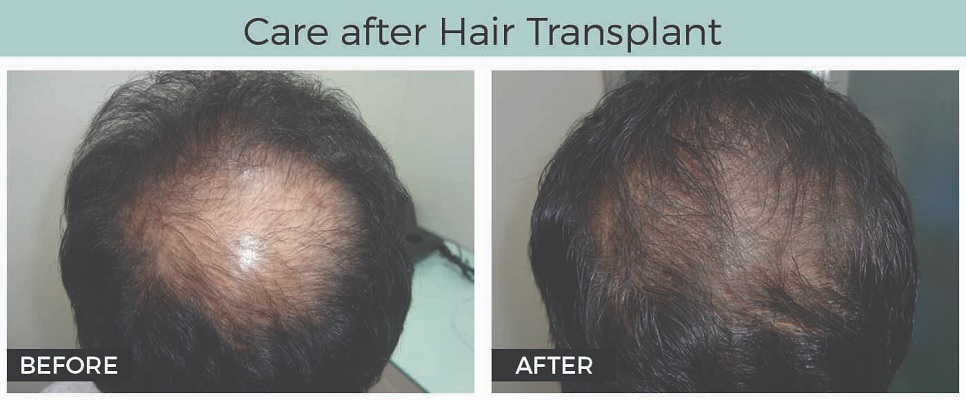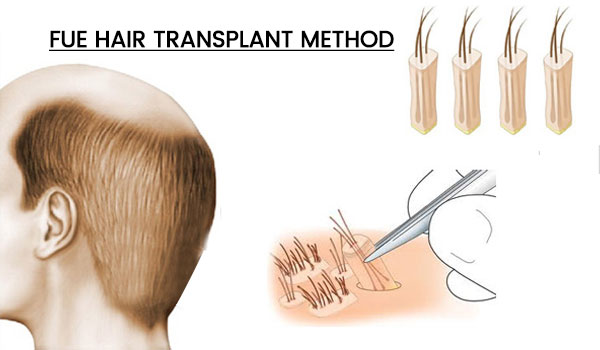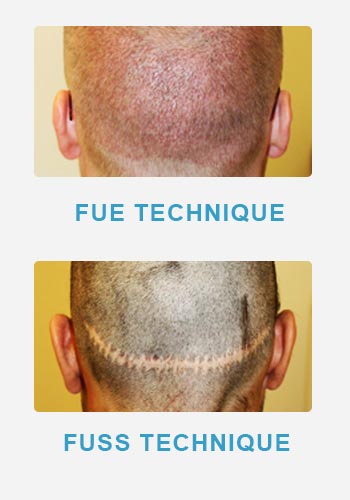More and more men and women are opting for a hair graft to recover lost hair for various reasons such as age, hormonal factors, stress or genetic causes. At this time, the innovative FUE hair transplant in Delhi for micro grafting of the hair follicle has become one of the most demanded for its effectiveness and its simple and rapid postoperative process after hair grafting.
In this post hair transplant doctor in Delhi explain the precautions that must be taken into account after the process of the FUE (Follicular Unit Extraction) method . This technique, which has already become popular all over the world, is based on the transplantation of follicular units from the donor area (the most populated) to the recipient area, which suffers from alopecia and which wants to be covered with new hair. In a single session up to 5,000 follicular units are transferred (each follicular unit can contain 1 to 4 hairs).
What precautions to take after a FUE implant?
After performing hair transplant in Delhi it is not necessary to remain hospitalized. While it is true that there is the option of resting a few hours in the hair transplant center in Delhi under observation for greater patient tranquility, the postoperative period of this hair graft consists rather of a series of recommendations that the patient should follow in the tranquility of his home so that your process evolves in the usual way. These are some of the care after hair transplant in South Delhi to consider:
- Work . Normally, the patient can join the next day. Although everything will depend on your job, since in which it is necessary to make physical effort or wear a helmet, such as construction, you must wait up to two weeks to join or even a month, depending on the case.
- Sport . You cannot play sports during the first month. In the case of contact sports, such as martial arts, the rest period lasts up to 90 days.
- Anti - inflammatories . During the first week, it is usual to take anti-inflammatories since it is very normal to have a somewhat inflamed head in the postoperative period of the FUE technique, product of the serum and anesthesia.
- Activities that involve sweating . Activities that involve sweating during the first week should be avoided as much as possible.
- Cap and hats . During the first three days the head must remain uncovered, it is only allowed to wear a cap that exerts little pressure during the first week and tight helmet from the month.
- Haircut . It is possible to cut the hair with scissors after three months of the intervention and to pass the razor you have to wait six months.
- Sleep . The first week it is advisable to sleep with an inflatable collar to keep the posture face up.
How to wash the hair after a graft?
After a hair graft it is recommended by hair transplant surgeon in Delhi to wash the head with warm water from the fourth day. The best way to do it is with subtle touches, without scratching and drying it gently with paper. Only from the first month it is advisable to dry with a towel. It is also from day 30 and not before when the patient can bathe or submerge in the sea or the pool.
In the donor area it is possible to notice itching and irritation during the first days so that physiological serum can be applied to relieve them. In addition, in the donor area you can apply some ointment or aloe vera gel that is as pure as possible.
Postoperative capillary graft
The postoperative period of the capillary graft implies a really short recovery period since the FUE hair transplant in Delhi almost does not create scars, only micro wounds that do not require sutures as in other procedures such as the FUSS, which leaves a large scar.
- 15 days . The most intense postoperative period in the FUE technique is the first fifteen days, when the area is more flushed and itching and swelling may be noticed. Small scabs appear that begin to fall from the week naturally.
- Between the third week and 2 months . It is the phase in which the follicles detach from the transplanted hair. Do not be alarmed because this hair will grow again without fall.
- From 3 months . The new hairs start to grow.
- From 6 months . A new regrowth with stronger and longer hair is produced.
- One year later . The result is visible in most cases with a completely natural finish, in which it does not distinguish hair from an implanted follicle from that which has not been.


